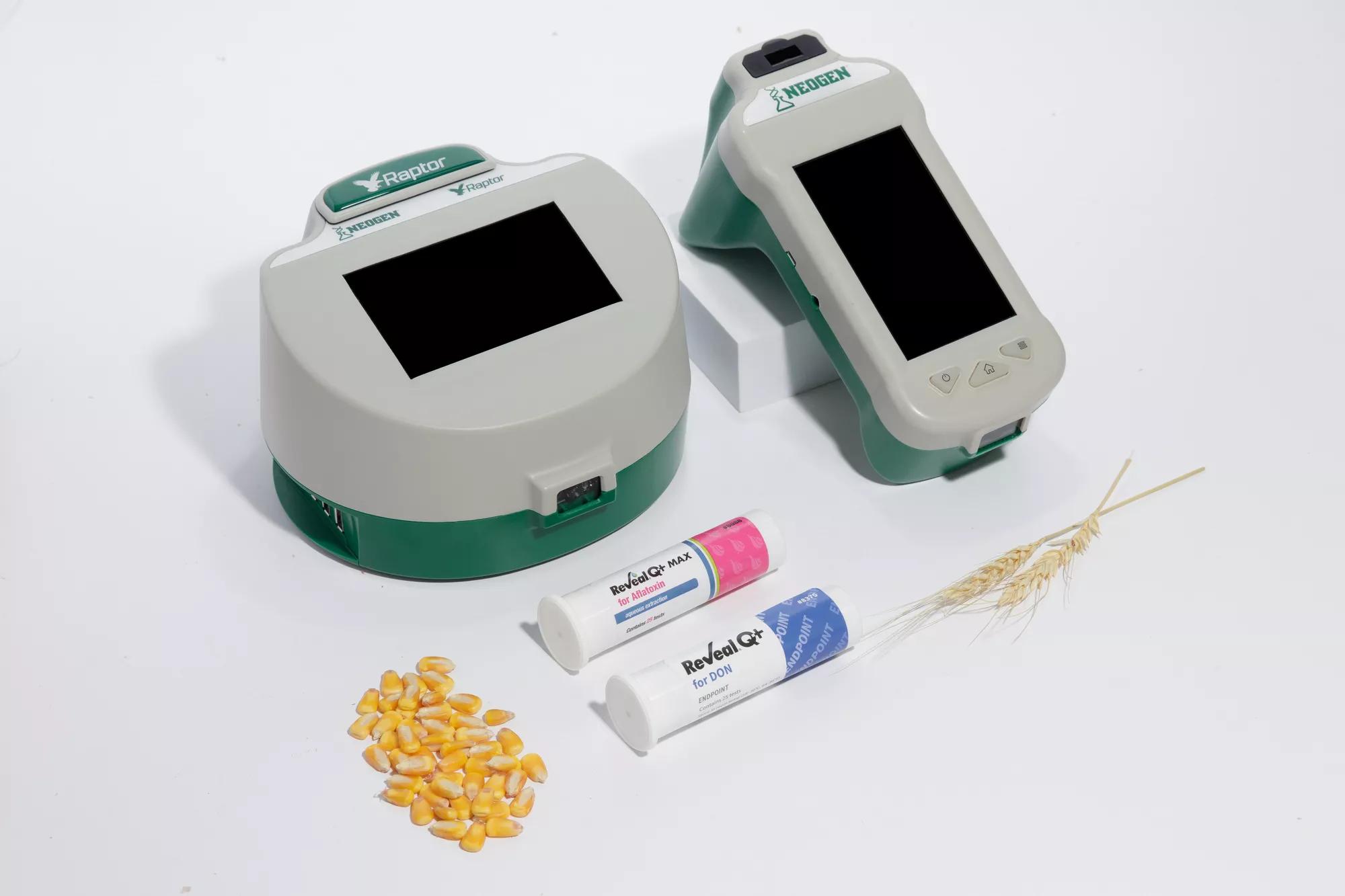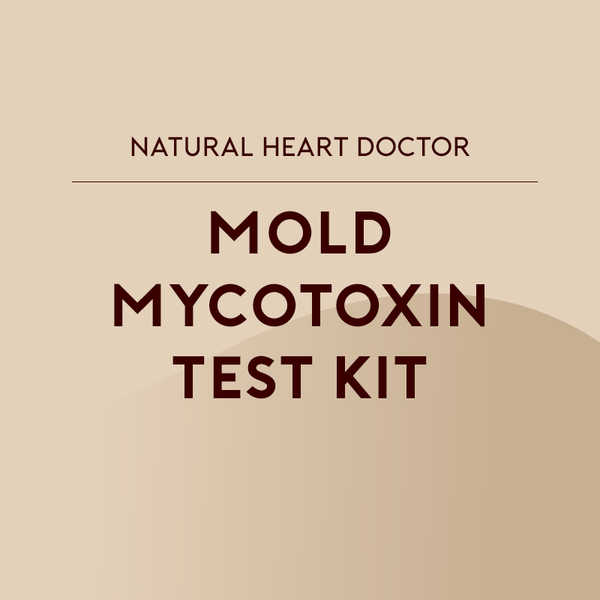Mycotoxin testing Services: A Trick Part in Threat Monitoring Methods
Mycotoxin testing Services: A Trick Part in Threat Monitoring Methods
Blog Article
Ensuring Compliance With Regulations: the Function of Mycotoxin Evaluating in High Quality Control
Guaranteeing conformity with rigorous laws is critical for maintaining food safety and security, and the duty of mycotoxin screening in quality control can not be overemphasized. Mycotoxins, hazardous substances created by specific mold and mildews, pose considerable wellness threats, making their discovery essential in food production.
Understanding Mycotoxins
Recognizing mycotoxins is fundamental to guaranteeing the quality and safety of farming items. The most notorious mycotoxins consist of aflatoxins, fumonisins, trichothecenes, and ochratoxins, each associated with specific environmental conditions and fungal types.
The existence of mycotoxins in food items can lead to chronic and acute wellness concerns, consisting of liver damages, immune reductions, and cancer causing effects. By recognizing the sources, types, and results of mycotoxins, stakeholders in the agricultural market can much better apply preventative procedures and reduce risks, making sure more secure consumption for end-users.
Governing Requirements for Mycotoxins
Having established a fundamental understanding of mycotoxins and their influence on food safety, it is necessary to evaluate the regulative requirements governing their presence in farming items. Governing criteria for mycotoxins are vital because they specify acceptable limits, guaranteeing food safety and securing public wellness. Different worldwide and national agencies have set these limits based on thorough danger assessments.
The Codex Alimentarius Compensation, a global body developed by the FAO and WHO, gives guidelines and maximum allowed levels for different mycotoxins in food and feed. The Codex has actually established limits for aflatoxins in peanuts, maize, and dried figs, amongst various other commodities. These criteria are typically embraced or adapted by private nations to fit their specific demands.
In the European Union, Guideline (EC) No 1881/2006 specifies maximum levels for numerous mycotoxins, such as aflatoxins, ochratoxin A, and deoxynivalenol, in various food products. Similarly, the U.S. Fda (FDA) has actually established activity levels for mycotoxins like aflatoxins in assets such as grains and nuts.
Adherence to these governing criteria is essential for preserving market accessibility, consumer trust fund, and public health. Non-compliance can bring about substantial financial losses and health risks, underscoring the relevance of stringent mycotoxin testing methods.
Evaluating Techniques and Technologies

ELISA is extensively appreciated for its quick and cost-efficient screening abilities, making it excellent for high-throughput settings. It relies on antibodies to detect specific mycotoxins, providing cause a reasonably brief time structure. Its sensitivity may be restricted contrasted to more advanced techniques.
HPLC, on the other hand, masters supplying measurable analysis with high accuracy and accuracy. It separates complex mixtures into specific components, making it extremely effective for recognizing and measuring numerous mycotoxins simultaneously - Mycotoxin testing Services. This technique, while much more time-consuming and resource-intensive than ELISA, supplies a greater level of reliability

LC-MS stands for the peak of analytical uniqueness and sensitivity. Integrating the separation power of liquid chromatography with the discovery capacities of mass spectrometry, LC-MS can find also trace levels of mycotoxins. This technique is essential for validating the existence of mycotoxins in forensic and governing contexts, guaranteeing compliance with stringent safety and security criteria.
Implementing Testing Protocols

Incorporating these advanced testing techniques into a thorough high quality control structure requires a well-structured method to applying screening procedures. To attain this, organizations have to initially perform an extensive danger assessment to determine prospective mycotoxin contamination factors within the supply chain. This assessment educates the advancement of a tailored testing technique that deals with details susceptabilities.
Following, developing standardized sampling treatments is vital. Consistent tasting ensures that test results are reliable and rep of the whole set (Mycotoxin testing Services). Complying with guidelines from regulative why not look here bodies, such as the FDA or EFSA, aids keep conformity and improves the integrity of the testing process
Training personnel is an additional essential component. Personnel should excel in both sample collection and the procedure of screening devices. Routine training sessions and certification programs can ensure that employee stay updated with the current strategies and regulatory changes.
Advantages of Mycotoxin Checking
Mycotoxin testing offers countless advantages that substantially improve the safety and high quality of food and feed products. Largely, it functions as a critical control measure to stop infected products from reaching the consumer market, therefore safeguarding public health. By determining and quantifying mycotoxins such as ochratoxins, aflatoxins, and fumonisins, manufacturers can guarantee that their products meet rigid regulatory standards, hence staying clear of possible legal repercussions and connected costs.
In addition, mycotoxin testing adds to the economic practicality of food and feed sectors by decreasing the threat of large-scale product recalls. The capacity to spot and separate polluted batches early in the manufacturing process reduces waste and avoids the monetary losses connected with broken brand credibility. Additionally, it fosters customer depend on and loyalty, as clients are progressively knowledgeable about food safety problems and need better criteria.
The application of normal mycotoxin screening additionally advertises finest techniques within farming and production sectors. By sticking to extensive testing procedures, companies can enhance their top quality control processes, boost functional efficiency, and guarantee the regular manufacturing of risk-free, premium items. To conclude, the benefits of mycotoxin screening are multifaceted, contributing to public health and wellness, economic stability, and sector stability.
Final Thought
Mycotoxin screening is essential in ensuring compliance with regulative standards, therefore maintaining food security and high quality control. Hence, mycotoxin testing remains an essential element of modern-day food security administration systems.
Making certain compliance with rigid laws is vital for keeping food safety, and the function of mycotoxin testing in top quality control can not be overstated.In the world of mycotoxin screening, click site advanced approaches and innovations are pivotal in guaranteeing food safety and governing conformity.Mycotoxin testing supplies many advantages that considerably boost the safety and read this post here high quality of food and feed items.Mycotoxin testing is vital in guaranteeing compliance with regulative standards, consequently maintaining food security and high quality control. Therefore, mycotoxin screening continues to be a crucial part of modern food safety and security management systems.
Report this page